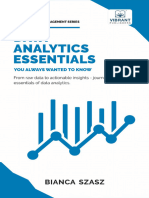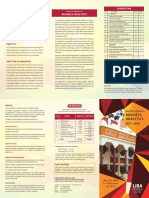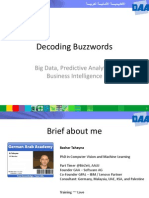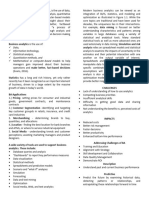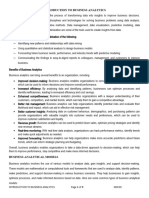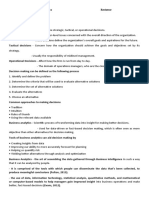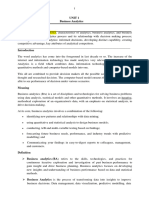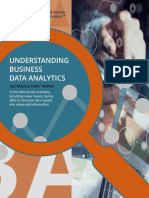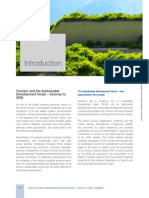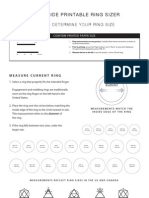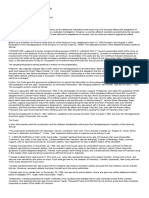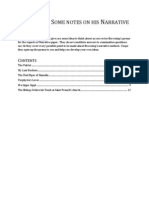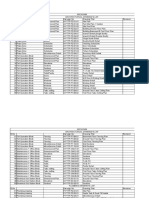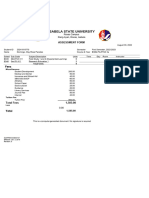50% found this document useful (4 votes)
4K views21 pagesBusiness Analytics 3rd Edition
Business Analytics, Third Edition by James R. Evans is a comprehensive textbook that explores the field of business analytics, emphasizing the importance of data-driven decision making in organizations. It covers foundational concepts, statistical methods, predictive analytics, and practical applications across various industries, while addressing implementation challenges and ethical considerations. The book serves as a valuable resource for students and professionals seeking to understand and apply analytics for competitive advantage.
Uploaded by
fiyote1247Copyright
© © All Rights Reserved
We take content rights seriously. If you suspect this is your content, claim it here.
Available Formats
Download as PDF, TXT or read online on Scribd
50% found this document useful (4 votes)
4K views21 pagesBusiness Analytics 3rd Edition
Business Analytics, Third Edition by James R. Evans is a comprehensive textbook that explores the field of business analytics, emphasizing the importance of data-driven decision making in organizations. It covers foundational concepts, statistical methods, predictive analytics, and practical applications across various industries, while addressing implementation challenges and ethical considerations. The book serves as a valuable resource for students and professionals seeking to understand and apply analytics for competitive advantage.
Uploaded by
fiyote1247Copyright
© © All Rights Reserved
We take content rights seriously. If you suspect this is your content, claim it here.
Available Formats
Download as PDF, TXT or read online on Scribd
/ 21


